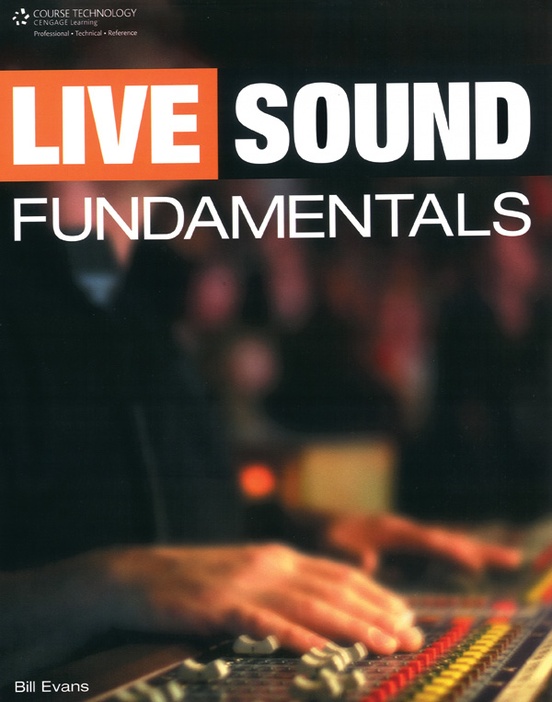

Vocalists may request other instruments in their monitor mix, as well. Vocalists typically want to hear their own vocals. Bass players typically ask for a good volume of bass drum along with the guitars. Guitar players typically want to hear the bass drum, other guitars (e.g., rhythm guitar) and the vocals.

ĭrummers generally want a blend of all of the onstage instruments and vocals in their monitor mix, with extra volume provided for bass drum, electric bass and guitar.
LIVE SOUND MIXING TRAINING FULL
In large venues, such as outdoor festivals, bands may request a mix of the full band through the monitors, including vocals and instruments. This is because in a rock band, the guitarist, bassist and keyboardist typically have their own large amplifiers and speakers, and rock drums are loud enough to be heard acoustically. In a noisy club with high-volume rock music groups, monitor engineers may be asked for just the vocals in the monitors.

Larger, more expensive audio consoles may provide the capabilities to make multiple monitor mixes (e.g., one mix for the lead singer, a second mix for the backing vocalist, and a third for the rhythm section musicians). With only one "aux send", an engineer would only be able to make a single monitor mix, which would normally be focused on meeting the needs of the lead singer. In smaller clubs with lower- to mid-priced audio consoles, the audio engineer may only have a single "auxiliary send" knob on each channel strip. The monitor engineer's console is usually placed in the wings just off-stage, to provide easier communication between the performers and the monitor engineer.įor smaller shows, such as bar and smaller club gigs, it is common for the monitors to be mixed from the front of house position, and the number of individual monitor mixes could be limited by the capabilities of the front of house mixing desk. Usually, individual performers receive personalised feeds either via monitors placed on the stage floor in front of them or via in-ear monitors. The monitor engineer's role is important where the instruments and voices on the stage area is amplified. The foldback or monitor engineer focuses on mixing the sound that the performers hear on stage via a stage monitor system (also known as the foldback system). Other non-audio crew members, such as the lighting console operator, might also work from the FOH position, since they need to be able to see the show from the audience's perspective. The output signals from the FOH console connects to a Sound reinforcement system. The front of house (FOH) engineer focuses on mixing audio for the audience, and most often operates from the middle of the audience or at the last few rows of the audience. An example of adding effects to the entire output mix would be to use a graphic equalizer to adjust the frequency response of the entire mix. An example of using an inserted effect on a group of inputs would be to add reverb to all of the vocalists' channels (lead vocalist and backing vocalists). An example of an inserted effect on an individual input is patching in an Autotune rackmount unit onto the lead vocalist's track to correct pitch errors. A live audio sound mixer basically mixes a bunch of different signals together and then sends that blended signal to outputs (speakers).Īudio signal processing may be applied to ( inserted on) individual inputs, groups of inputs, or the entire output mix, using processors that are internal to the mixer or external (outboard effects, which are often mounted in 19" racks). The audio console also typically allows the engineer to add effects units to each channel (addition of reverb, etc.) before they are electrically summed (blended together). Each channel on a mixing console typically has a vertical "channel strip", which is a column of knobs and buttons which are used to adjust the level and the bass, middle register and treble of the signal.

These devices are connected, often via multicore cable, to individual channels of a mixing console. In live sound situations, this consists of input transducers like microphones, pickups, and DI boxes. Audio equipment is usually connected together in a sequence known as the signal chain.


 0 kommentar(er)
0 kommentar(er)
